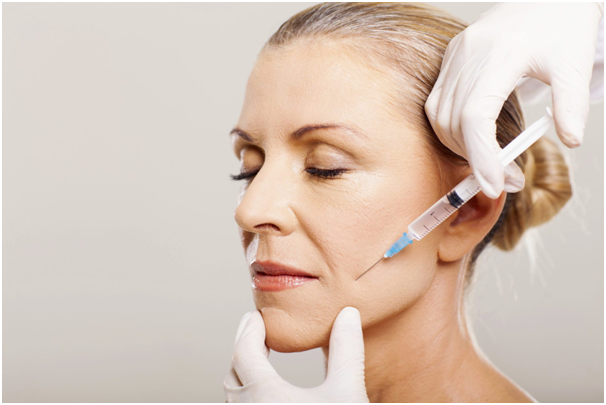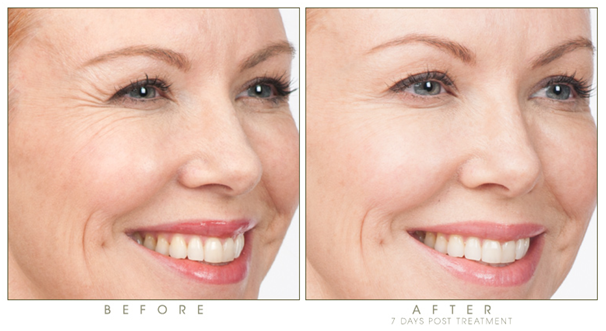Over 2 decades ago, scientists put forward the idea that the botulinum toxin could be used to rid the face of wrinkles. It was approved for the easing of shoulder and neck spasms 18 years ago and approved for cosmetic use two years later.
After only being available for 12 months, sales of Botox had made $440 million in the U.S alone.
It is linked to the disease we know as botulism. It all started back in the 1800s when a German doctor was studying some ‘bad’ sausages that had killed several people. This was the discovery of the botulism which is brought on by the improper digestion of the botulinum toxin. This paved the way for future studies which ultimately led to the toxin being used for many different purposes.
The toxin was almost used in biological warfare. During the 1940s, when studies of biological weapons was at its height, botulism was at the forefront of research. Thankfully, the plans to use it in tiny capsules was abandoned.

One of the first medical uses of Botox was in the treatment of crossed eyes. There are not many effective treatments for this condition, but Botox is one of them. Research during the 1950s on monkeys led to its approval for correcting crossed eyes in human volunteers in 1978.
Botox is an effective treatment for excess sweating. Millions around the world suffer from hyper-hidrosis but when Botox is injected into the over-active glands, great relief from the condition is experienced. Just one treatment can provide relief for over 6 months.
Botox is also an approved treatment for an over active bladder. After trying other treatments and finding they don’t help, Botox can be used. It has been proven to greatly reduce the frequency of urinary incontinence. It’s incredible that a toxin can supply so many benefits to millions of people! For Botox Gloucester, visit http://doctorkate.co.uk/

For those who live with the pain of chronic migraines, Botox might also be able to help. In 2010, approval was given for Botox injections to be applied to migraine sufferers. So far, the results have been effective after following a course of 31 injections over 7 specific sites on the head every 12 weeks.
Whilst still in research stage, studies have suggested Botox might be helpful in the treatment of depression. In a study where depression sufferers were either injected with Botox or a placebo, over half of those who had received Botox felt better compared to only 15% of those on the placebo. It is thought that those who physically could not frown, were not sending that signal to the brain which can bring on depression.
